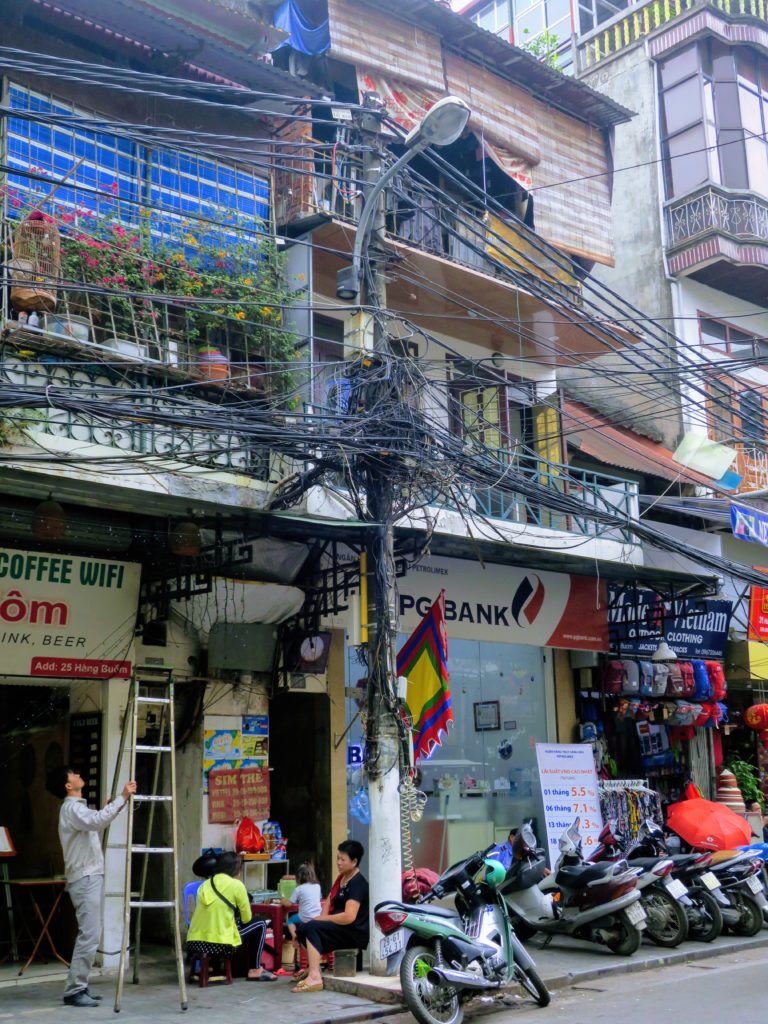Location: Hanoi, North Vietnam Temperature: 27°-30° C Season: Dry season, Spring
Vietnam’s capital races to make up for time lost to the ravages of war and a government that as recently as the 1990s kept the outside world at bay. Its streets surge with scooters vying for right of way amid the din of constantly blaring horns, and all around layers of history reveal periods of French and Chinese occupation – offering a glimpse into the resilience of ambitious, proud Hanoians.” – Lonely Planet
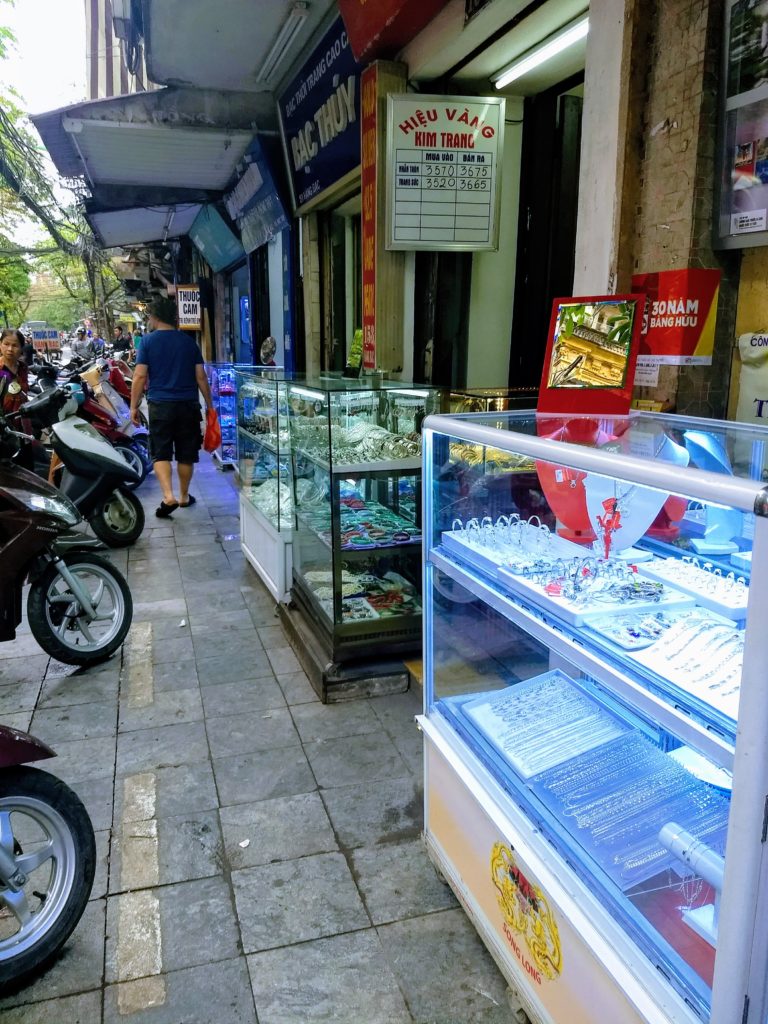 No trip to Vietnam is complete without a visit to its capital, Hanoi. This northern city has remained impeccably intact, suffering little to no (physical) war damage as it was always under the control of the North Vietnamese Army. At its heart, the historic Old Quarter. And when I say historic, I mean it – the city celebrated its millennium in 2010!
No trip to Vietnam is complete without a visit to its capital, Hanoi. This northern city has remained impeccably intact, suffering little to no (physical) war damage as it was always under the control of the North Vietnamese Army. At its heart, the historic Old Quarter. And when I say historic, I mean it – the city celebrated its millennium in 2010!
This popular region of the city is known as Hà Nội 36 phố phường, which translates to ‘the 36 streets’. In its heyday, 36 streets made up the commercial core of Hanoi, each named after the specific wares sold on that street- Hàng Tre street (“bamboo wares street”) and Hàng Đồng street (“copper wares street”), and so on. Some of the streets continue the tradition today; there’s the silk street, the ceramic street, the silver street and even the beer street! Even though the street might not carry the product’s name, vendors tend to group together – there’s an entire street that only sells shoes, and the same exact shoes from the look of it! It sure makes shopping easy!
‘Silver street’, where silver jewelry (as well as gold) can be found
 Clothing stores, packed tightly side by side
Clothing stores, packed tightly side by side
The Old Quarter is adjacent to Hoan Kiem Lake, one of the most scenic spots in town. There exists a legend surrounding the lake:
In early 1428, Emperor Lê Lợi was boating on the lake when a Golden Turtle God (Kim Qui) surfaced and asked to reclaim his magic sword, which had been lent to the Emperor to help defeat an earlier Chinese enemy. Later, Emperor Lợi gave the sword back to the turtle after he finished fighting off the Chinese. Emperor Lợi renamed the lake to commemorate this event
Not the most compelling legend I’ve heard, however it seems to be a big deal in the area. There’s a temple built in the middle of the lake with a ginormous statue of the famed turtle inside (photo, above right). This fable also winds its way into a popular and unique form of local entertainment : water puppets!
The Thang Long Water Puppet Theatre is a famous tourist attraction in the city. This unique art form dates back to the 11th century – it seems that rice farmers, when the fields flooded, entertained themselves by performing puppet shows in the shallow waters. While the show itself is geared towards a younger audience, it is nonetheless delightful in its novelty.
All of this makes the Old Quarter loud and busy and mildly claustrophobic. In short, it’s brimming over with life and it’s simply amazing!
 One of the city’s ‘must-see’ sights is also one of its strangest 9for me at least): the Ho Chi Minh Mausoleum. Here, one can gaze upon the perfectly preserved remains of the infamous war hero (or villain, depending on which history book you’re reading). Ho Chi Minh was a significant figure in Vietnam’s history, for better or worse shaping the country to what it is today. He was so loved by the people (especially in the north), that his body has been preserved under glass for all to admire (à la Lenin, in Russia). I had attempted earlier in the week to visit the mausoleum however upon arrival at 11h15am, was eventually informed by a helpful and non-English speaking guard that the site was only open certain days a week, from 8h30-11am. Sometimes this ‘go with the flow, don’t plan just do’ travel style doesn’t always work out. So take 2 a few days later. There’s also many rules of conduct when visiting the site, such as no bare shoulders or exposed knees for women, no wearing sunglasses inside, no chewing gum nor hands in pockets. A the long line snaked through the grounds at a steady pace, we encountered guard after guard, the site dotted with military personal, an indication of the tomb’s importance. the body is remarkably well-preserved and one can’t help but feel odd at gawking at the remains.
One of the city’s ‘must-see’ sights is also one of its strangest 9for me at least): the Ho Chi Minh Mausoleum. Here, one can gaze upon the perfectly preserved remains of the infamous war hero (or villain, depending on which history book you’re reading). Ho Chi Minh was a significant figure in Vietnam’s history, for better or worse shaping the country to what it is today. He was so loved by the people (especially in the north), that his body has been preserved under glass for all to admire (à la Lenin, in Russia). I had attempted earlier in the week to visit the mausoleum however upon arrival at 11h15am, was eventually informed by a helpful and non-English speaking guard that the site was only open certain days a week, from 8h30-11am. Sometimes this ‘go with the flow, don’t plan just do’ travel style doesn’t always work out. So take 2 a few days later. There’s also many rules of conduct when visiting the site, such as no bare shoulders or exposed knees for women, no wearing sunglasses inside, no chewing gum nor hands in pockets. A the long line snaked through the grounds at a steady pace, we encountered guard after guard, the site dotted with military personal, an indication of the tomb’s importance. the body is remarkably well-preserved and one can’t help but feel odd at gawking at the remains.
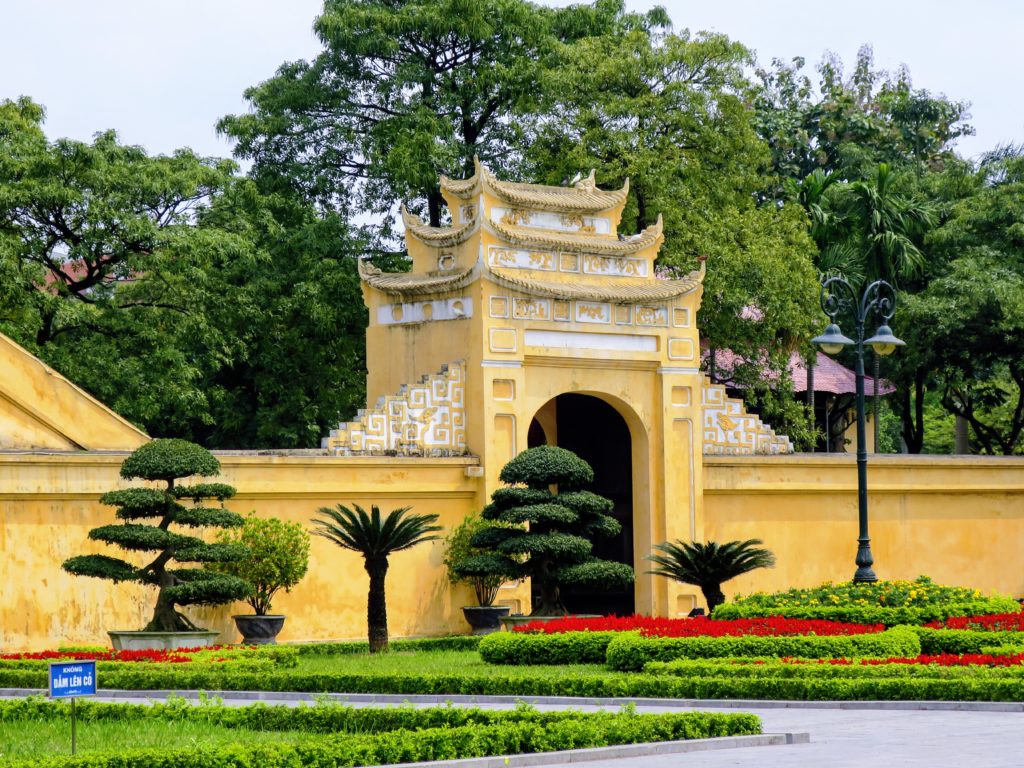 Entrance to the Imperial Citadel
Entrance to the Imperial Citadel
The mausoleum is located in the French quarter of the city, where old colonial french houses standing proudly in rows. This area has retained its charm and elegance, providing a glimpse into the city’s occupied past. Nearby, one can find even more history at the Imperial Citadel of Thang Long, a relic of ages past. The citadel dates back as early as the 6th century and was recognized as a UNESCO World Heritage Site in 2010. Once the political centre of the city and the capital of the country, it is now an important historical and archeological site.
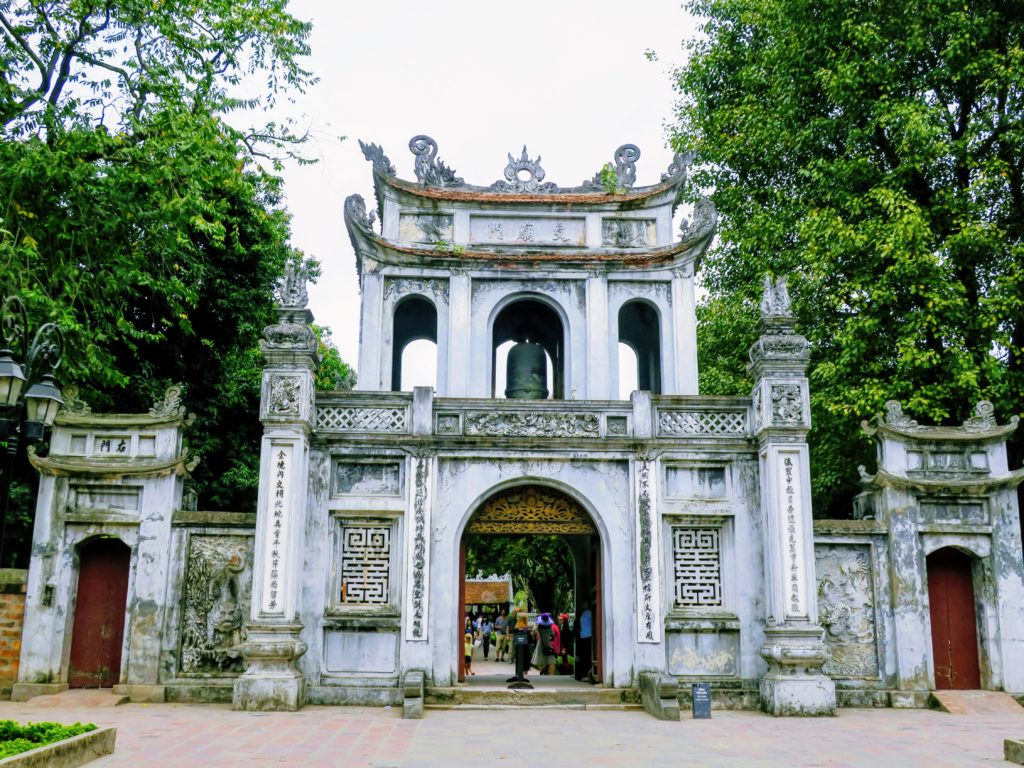
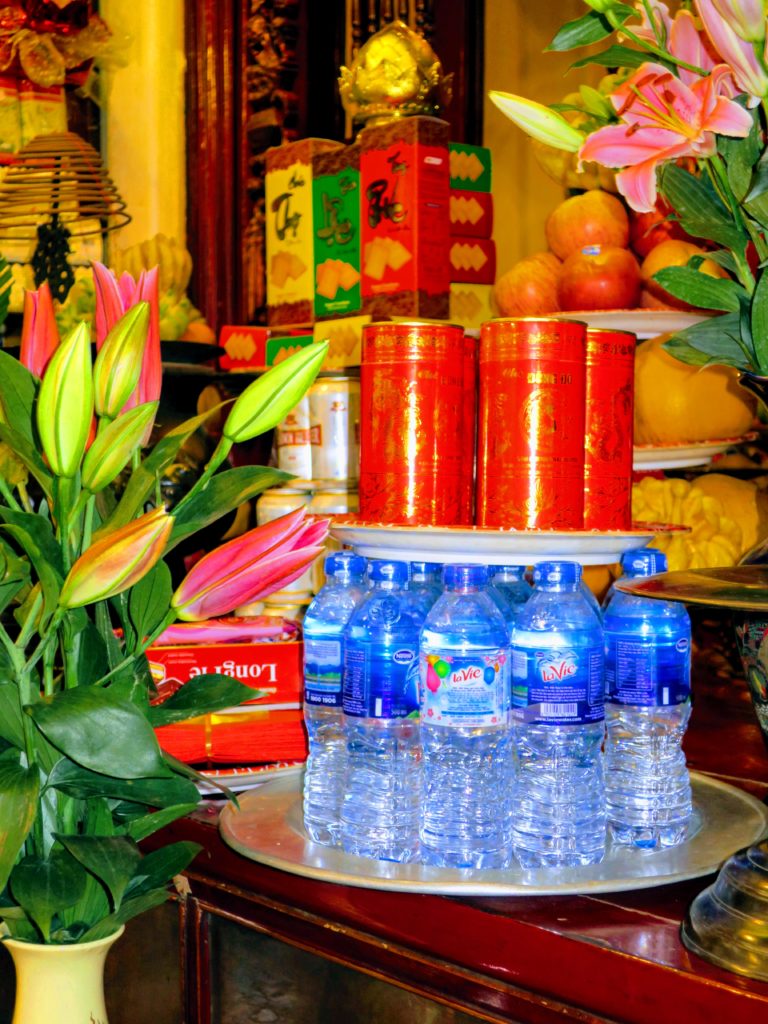 Just south of the Imperial City stands Hanoi’s first national university, the Temple of Literature. This temple, dedicated to the worship of Confucius (a Chinese teacher, editor, politician, and philosopher), traces back to 1070 when the first temple was built. As with most or all temples and pagodas, followers leave offerings of various kinds in front of status of the temple’s icon. Offerings can vary from money, to food offerings such as fruits & packaged cookies as well as water and beer. Even cigarettes make their way into the shrines!
Just south of the Imperial City stands Hanoi’s first national university, the Temple of Literature. This temple, dedicated to the worship of Confucius (a Chinese teacher, editor, politician, and philosopher), traces back to 1070 when the first temple was built. As with most or all temples and pagodas, followers leave offerings of various kinds in front of status of the temple’s icon. Offerings can vary from money, to food offerings such as fruits & packaged cookies as well as water and beer. Even cigarettes make their way into the shrines!
The temple itself is composed of several courtyards, pavilions and altars as well as beautifully manicured gardens. Amid the chaos of the city, this surprisingly serene and quiet spot is Hanoi’s hidden gem!
And finally, the part of Hanoi with which I was the most fascinated : power lines! I can honestly say, I have never seen anything quite like it. As my dad says, the power lines could cushion your fall from an airplane! You can find these jumbles of cables all over Vietnam, however it was most evident in the capital. I even came back with a graphic print t-shirt of the iconic ‘Vietnam Telecom’.
 Vietnam Telecom: how has this city not burned down?
Vietnam Telecom: how has this city not burned down?
